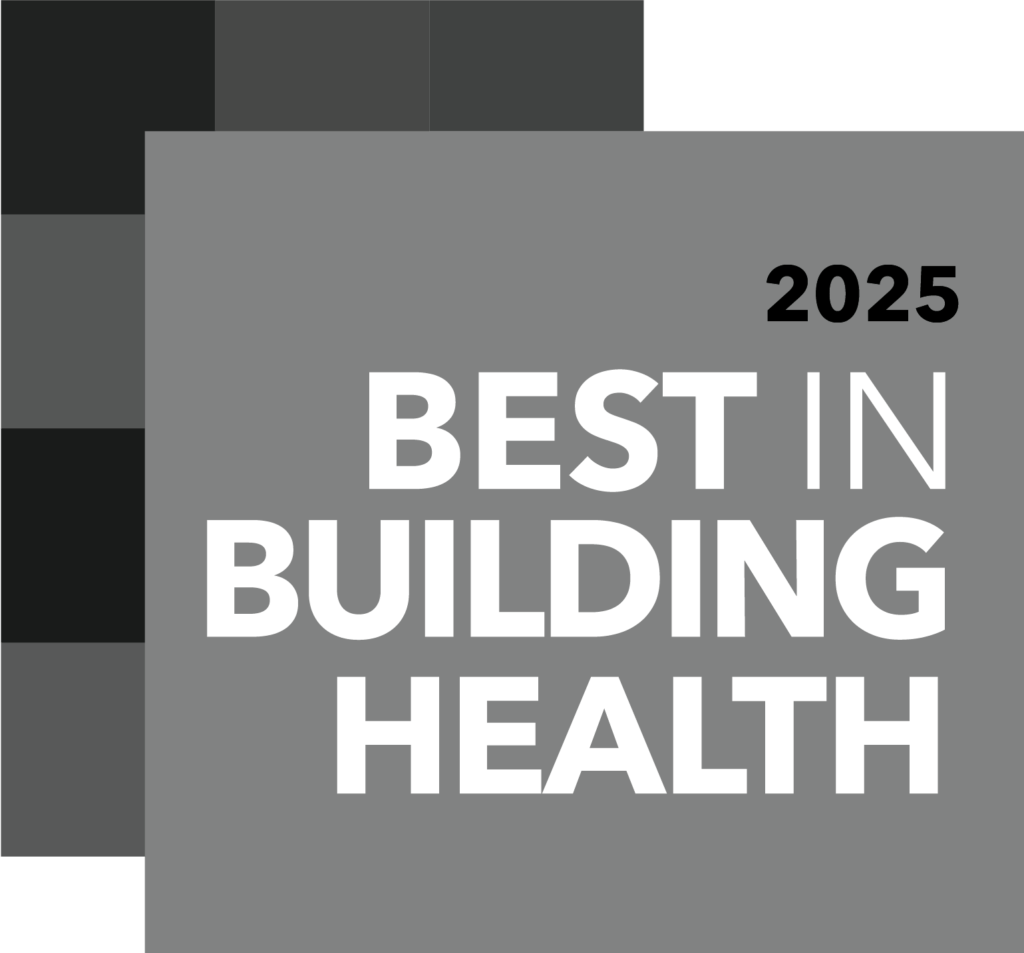
Case Study: GUILDFORD BOROUGH COUNCIL
Groundbreaking Approach to BIM Supports Guildford Borough Council in its CO2 Reduction Strategy
“As a result of our study, GBC has proposed in its consultation documents a reduction in CO2 emissions of 20% to all new developments.”
-

The Challenge
Guildford Borough Council wanted to reduce energy consumption and carbon dioxide emissions for new build properties and developments in its area. To do so, councillors were looking to change the existing target of a 10% reduction, through the use of Low and Zero Carbon (LZC) technologies against building regulations[1] outputs, to a 20% reduction. This would make it one of the most ambitious CO2 reduction policies among UK local authorities for the built environment. It asked EVORA Global to assess the technical and economic viability of such a change and its impact on local developers.
Our Approach
The predicted energy efficiency and carbon dioxide (CO2) emissions of new developments is assessed through the use of energy models and the requirements of Approved Document Part L of Building Regulations. EVORA Global began by building models for both domestic and non-domestic properties to determine the minimum requirements and the cost of construction to comply with Building Regulations. These ‘baseline buildings’ were then used to measure potential future CO2 reductions of any particular low-carbon or zero carbon technology such as photovoltaics, air-source heat pumps and solar hot water, for example. The additional cost of these LZC technologies was then assessed against the base cost of construction.
These construction costs were uniquely incorporated into the building information model (BIM) which means they are available for future use and can be used as working documents for any future policy changes.
This approach and expertise is unique to EVORA Global and showcases our ability to translate policy, academic theories and strategic asset management approaches (SAM) into real-world impact through building information models (BIM). This ensures decisions to do with the built environment are both robust and fit-for-purpose.
Key Outcomes
By using building simulation models combined with costing software, in a process unique to EVORA Global (called BIM:SAM), we were able to simulate a range of both domestic and non-domestic properties alongside typical construction costs and the impact of various LZC technologies. This enabled the council to evidence the anticipated extra costs for developers would not be excessive in most cases if the target was increased to 20%. Guildford Borough Council was able to present a detailed business case and justification for increasing the target to 20% which kept local developers on-side with the proposals.
[1] Building Regulations 2010 (Part L Approved Documents 2013 with 2016 amendments)













